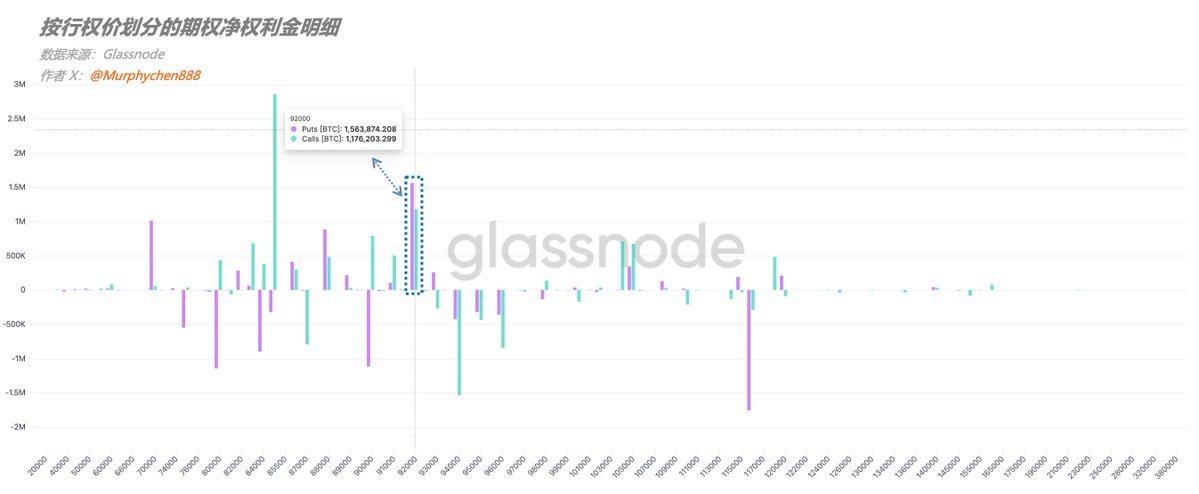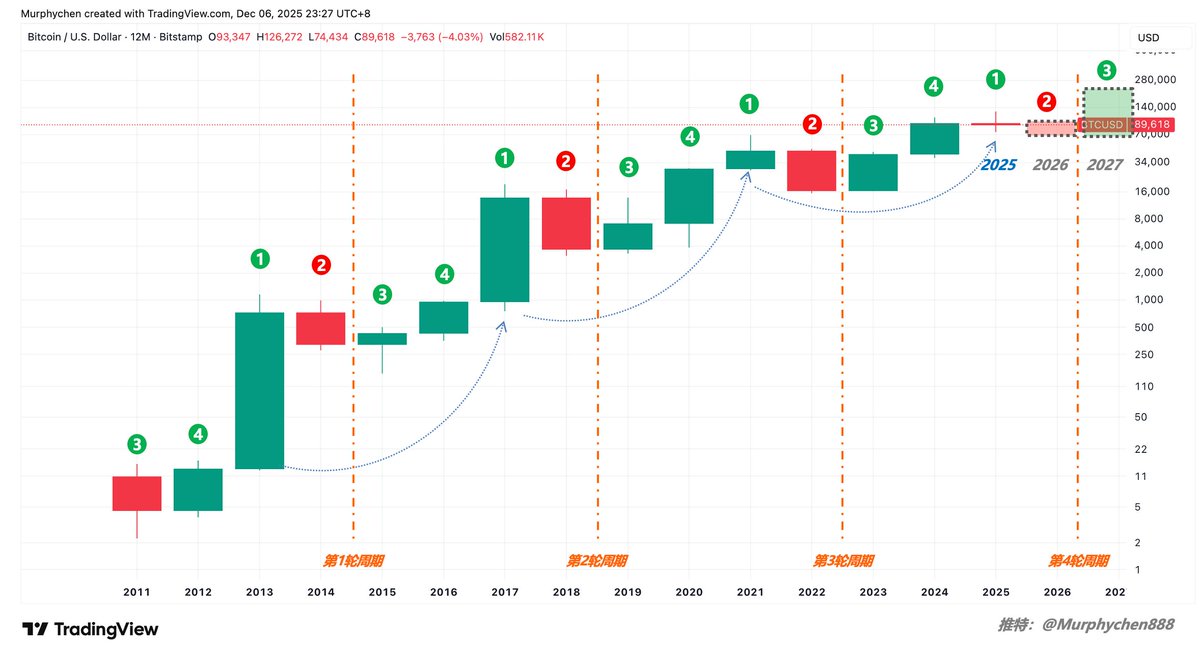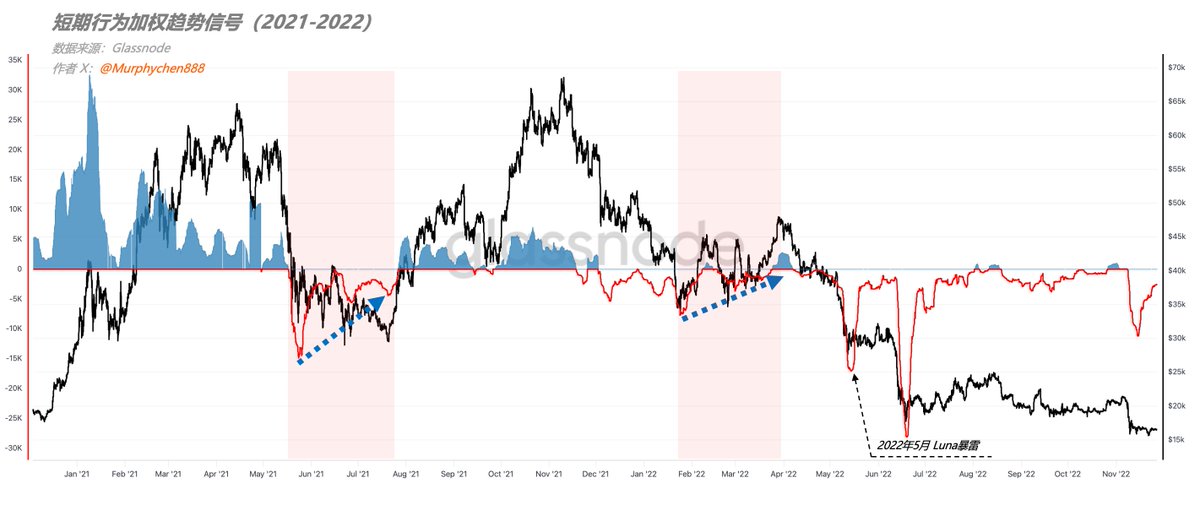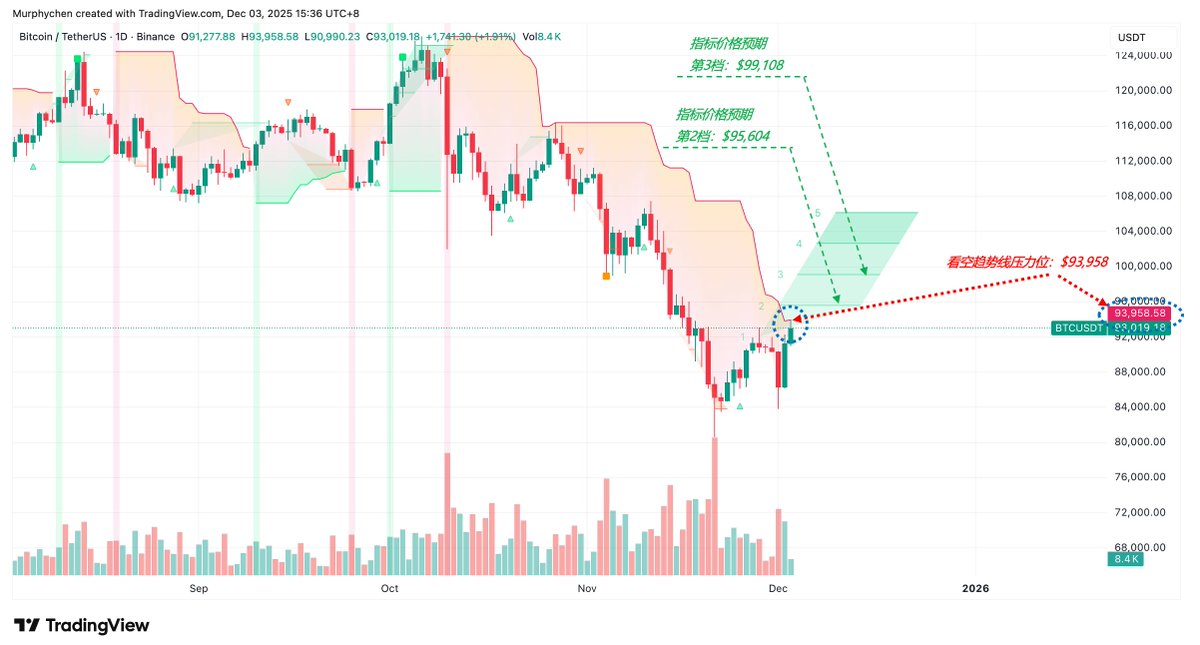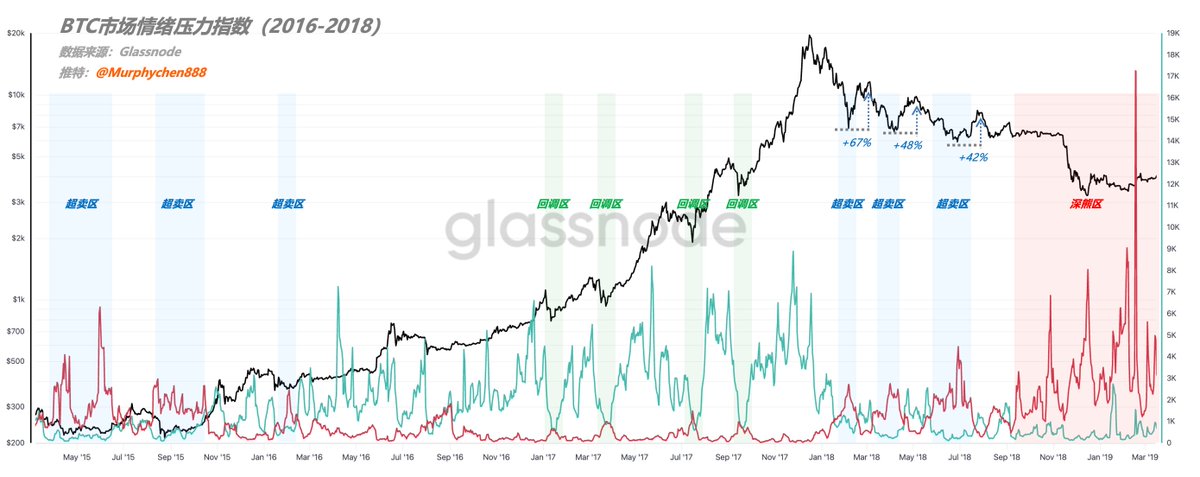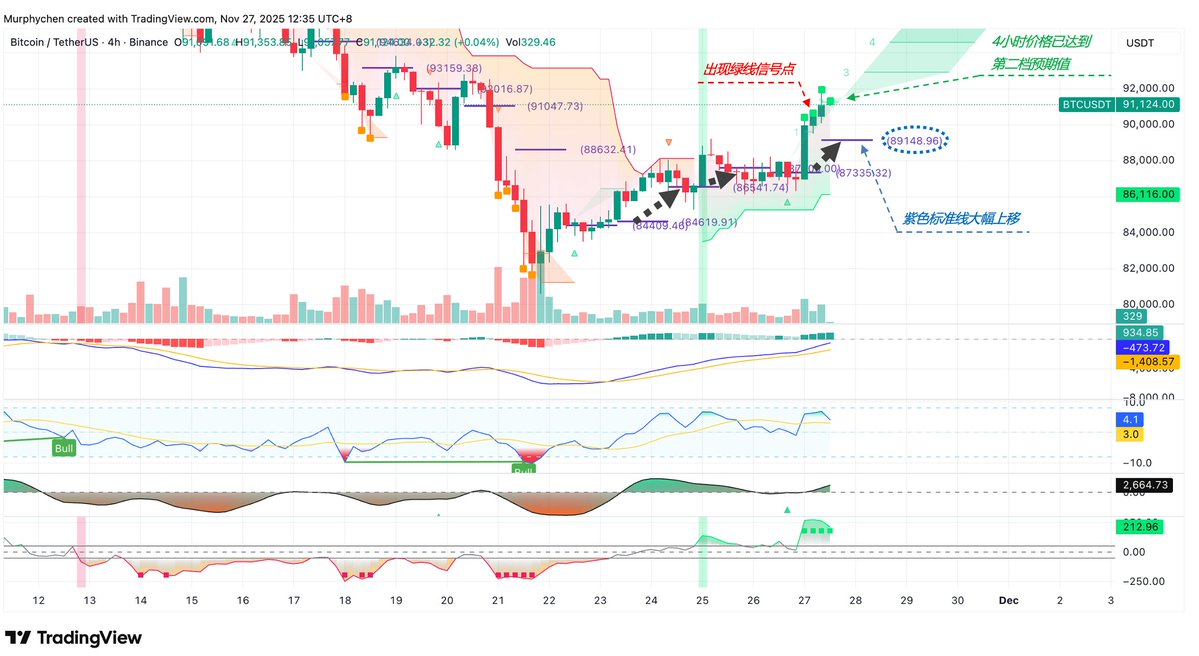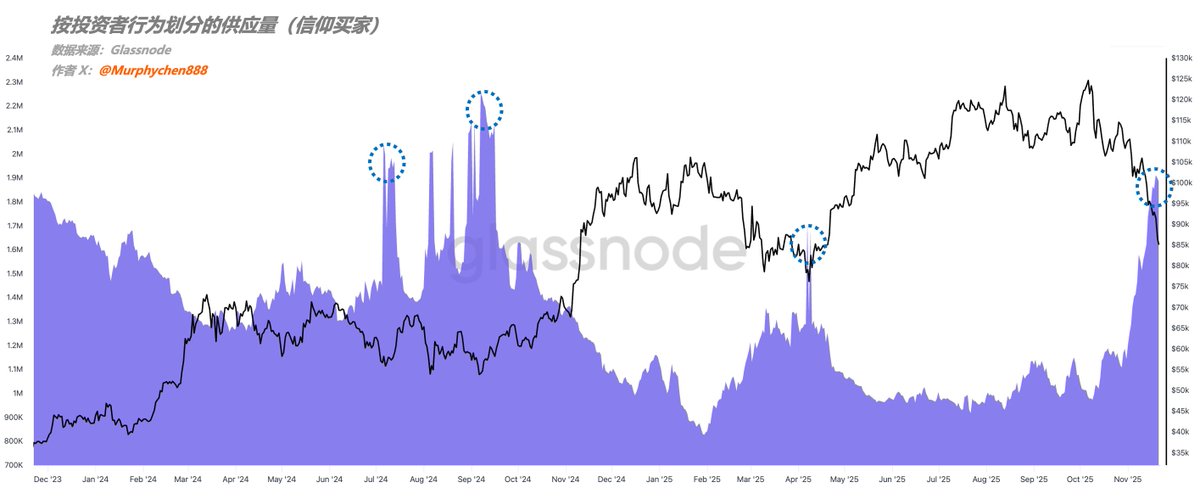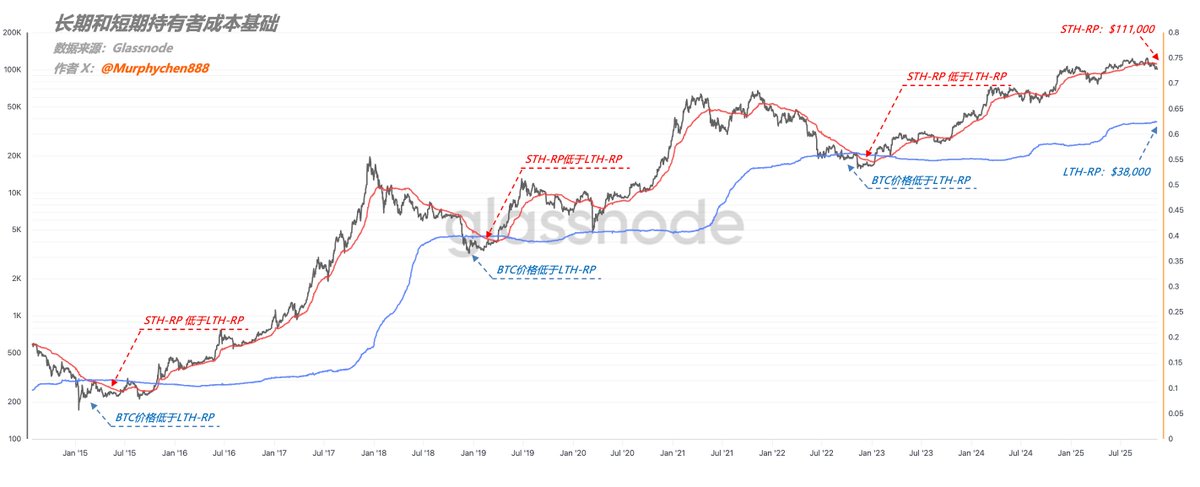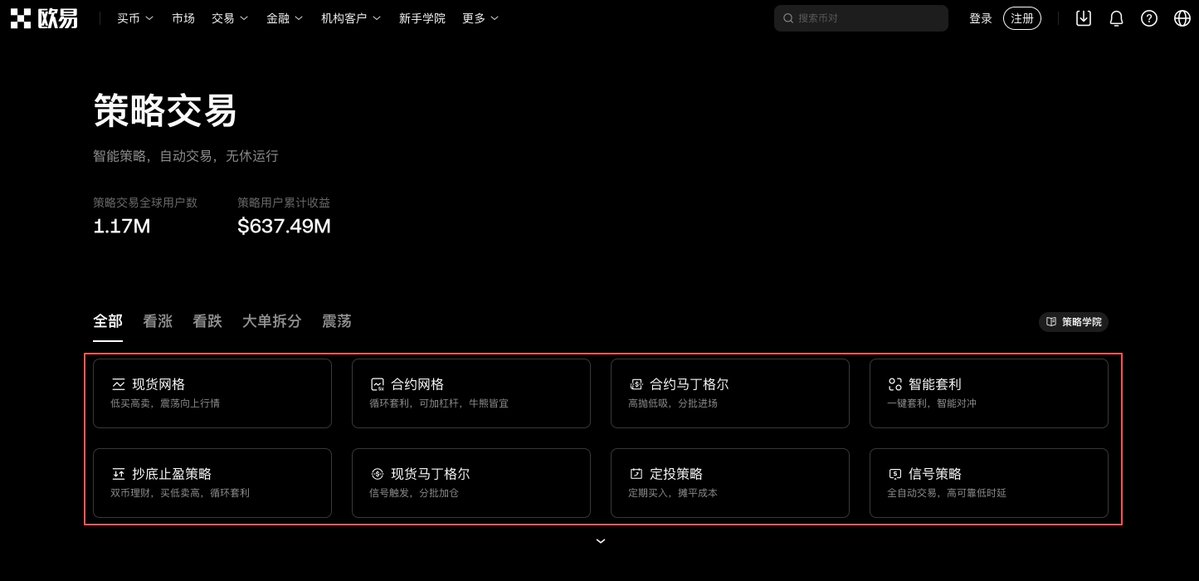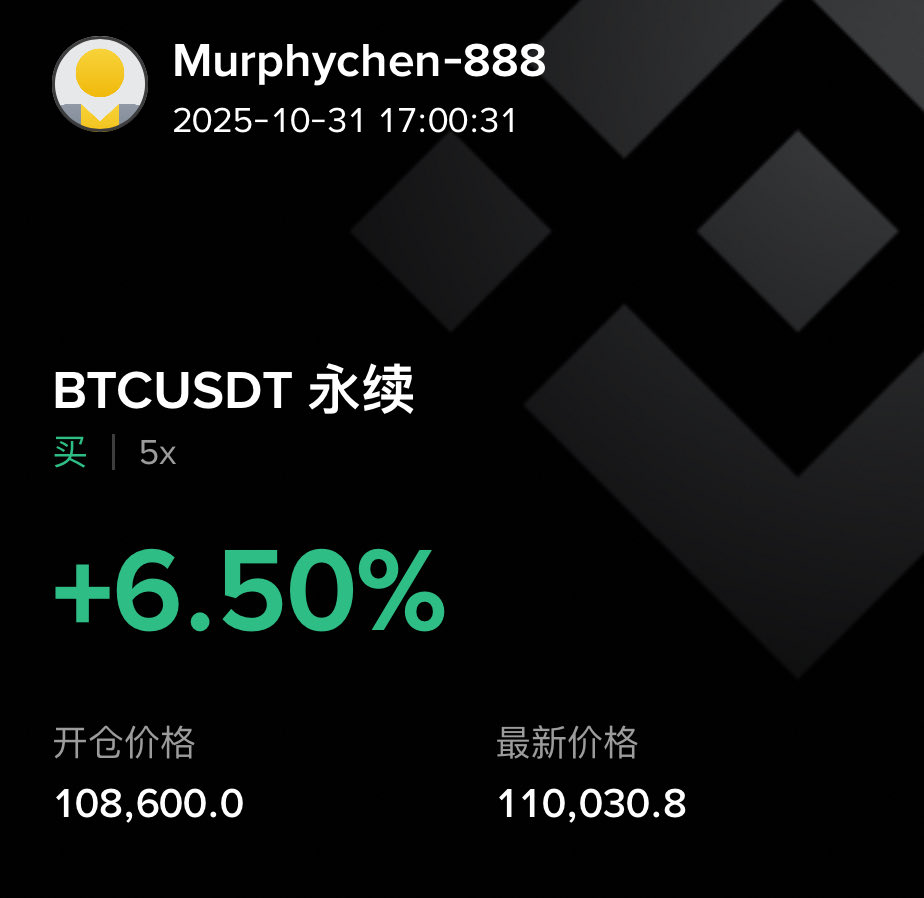交易员(机构)对当前行情的观点和预判
BTC 期权 OI(30d sma)再创历史新高!达到563,242枚BTC的规模。上一轮周期,衍生品市场以期货永续/交割合约为主,期权市场的权重并不大。
而本轮周期就不一样了,更多的机构在持有BTC现货的同时,会利用期权的特殊的杠杆属性,进行对冲,套利,卖波动,买保护等等。比如,过去只能通过卖现货来规避风险,现在可以买put就能达到相同目的,也很大程度上减少了现货的抛压。
(图1)
因此,期权市场权利金的方向就代表着交易员们(尤其是机构)对当前行情的预判和态度,非常有参考价值。图2-图3分别为8.5w、9w、9.2w 这三个关键行权价的期权权利金流向(净买入/净卖出)。
(图2)
图2:大量买Call;不去用高倍杠杆买OTM(虚值期权),而是买实值期权(ITM)是一种偏保守的做多行为,资金依然愿意重仓押多,并且认为未来一段时间BTC大概率保持在8.5w之上,并有机会继续上行。
(图3)
图3:大量卖Put;9w更接近BTC现价,更是市场的重心价格(OI 大、成交大),这是整张图中几乎最强的看多行为之一。押注BTC不会跌破 9w,就算跌破,也愿意在这里接货。因此,可以理解为市场对9w的态度是短期的主要支撑。
(图4)
图4:大量买Put + 买Call,市场在为“下一段趋势”下注;这是一种典型的波动率交易行为,即对方向不确定,但确定波动会放大。此处是市场压力与支撑交汇处,也是大量Gamma的中点。所以在这里同时买Call和买Put。
简单总结:
1、资金一边用8.5w的实值Call去加杠杆做多,一边在卖Put收权利金,等于用真金白银表态:就算有调整,也更倾向把8.5w当成回调买点,而不是新一轮深跌的起点。
2、9w大量卖Put,说明有资金在押注这里是短期支撑。
3、在现价附近买Call + 买Put同时爆量,说明资金在为下一段大波动做准备。
----------------------------------------------
本文由 @Bitget 赞助|
Bitget VIP,费率更低,福利更狠
Price Converter
- Crypto
- Fiat
USD美元
CNY人民币
JPY日元
HKD港币
THB泰铢
GBP英镑
EUR欧元
AUD澳元
TWD新台币
KRW韩元
PHP菲律宾比索
AED阿联酋迪拉姆
CAD加拿大元
MYR马来西亚林吉特
MOP澳门币
NZD新西兰元
CHF瑞士法郎
CZK捷克克朗
DKK丹麦克朗
IDR印尼卢比
LKR斯里兰卡卢比
NOK挪威克朗
QAR卡塔尔里亚尔
RUB俄罗斯卢布
SGD新加坡元
SEK瑞典克朗
VND越南盾
ZAR南非兰特
No more data


